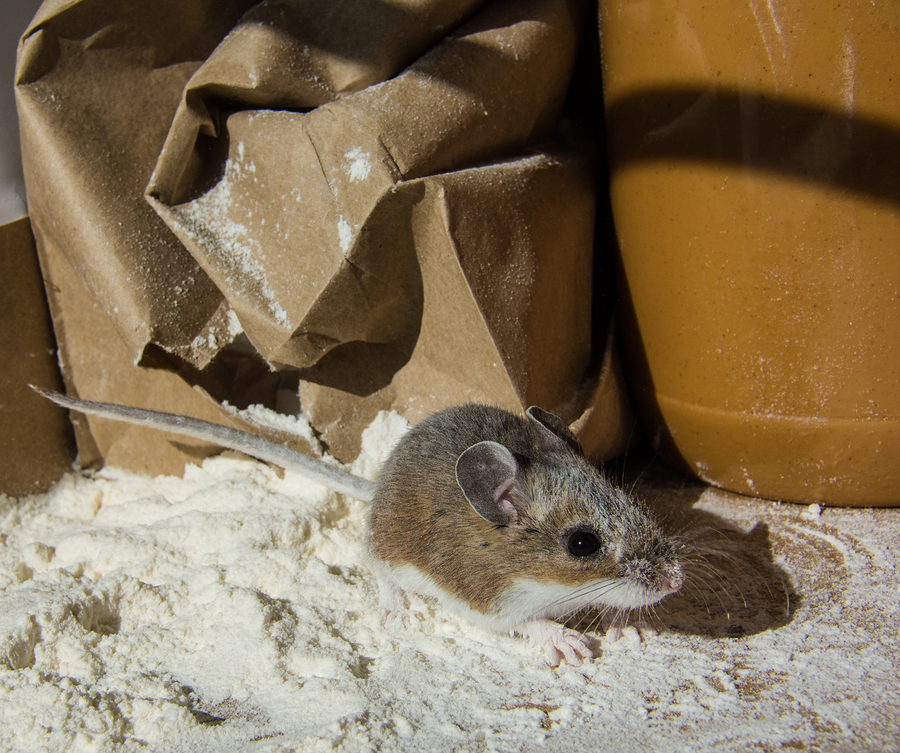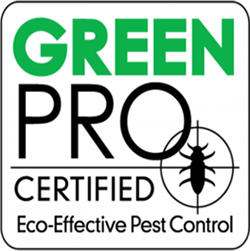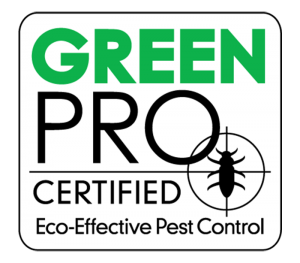COMMON PESTS FOUND IN YOUR PANTRY
Types of pests which may infest your pantry food items
Indianmeal moths are the most common invasive pests in pantries. Most of these pests are more likely to infest products that have been opened, but the larvae of this species have the ability to bite through plastic and cardboard; thus, even sealed containers may be infested. Insects inside an infested package may multiply and can spread to other stored foods not only in the same area but into other rooms.
 Although these pests can thrive almost anywhere inside your home, your pantry or kitchen cabinets are the easiest places to see the tell tale signs of an infestation. Once found, the moths can be difficult though not impossible to eradicate.
Although these pests can thrive almost anywhere inside your home, your pantry or kitchen cabinets are the easiest places to see the tell tale signs of an infestation. Once found, the moths can be difficult though not impossible to eradicate.
While there is only one major species of moth that feeds on food products in the home, several species of beetles commonly attack a wide variety of foods. Some of these invasive beetles are:
- The warehouse beetle
- The sawtoothed grain beetle
- The merchant grain beetle
- The confused flour beetle
- The red flour beetle
- The drugstore beetle
- The cigarette beetle
Additionally, any number of commonly known pests such as rodents, ants, and cockroaches can invade your food items.
How do pests find their way into your foods
It makes sense to think that all pests invade your food items after you’ve brought your food home, but the food can already be infested during processing and packaging. Infestation can even occur during storage in a warehouse or during storage on the grocery store shelves. Most pantry pests can also infest stored grain and may have invaded the food items while outdoors during the time between when it was grown and when it was stored in warehouses. Chances of insects invading your food items increase the longer the food is stored.
Signs of infestation and the possible health hazards
Pantry pests will not only damage food by contaminating it with their bodies and their by-products, they can also pose some potentially serious health hazards. During the larval stage of the Indianmeal moth they produce frass (excrement) and webbing, and some beetle larvae produce secretions that give food a disagreeable odor and taste. Setae (hairs) from the warehouse beetle can irritate the mouth, throat, and stomach of people who eat infested products. In addition, pantry pests might introduce microbes into the food that could produce mycotoxins (highly carcinogenic compounds), especially if the food is stored in warm, humid conditions.
There are some preventative measures to help protect food items from pests, such as storing food in airtight containers or resealable plastic bags. Furthermore, to help avoid widespread food contamination and possible illness it is advisable to periodically look for signs of pest activity. For instance if the common invasive Indianmeal moths are present you’ll notice these obvious signs:
- Look for webbing on the food product or packaging – or in dark corners of your cupboards.
- Examine the food inside any suspicious-appearing containers for unusual odors or unexpected stickiness and clumping. You may spot actual moth larvae.
- Take a good look around your pantry to see if you can find any moths, which look like tiny brown or copper-colored butterflies. If you don't see any, they may simply be very adept at hiding; alternatively, you could have a larvae infestation.
If you suspect you have any type of pest infestation the experienced professionals at Spence’s Pest Control will conduct a thorough inspection and discuss a plan to eradicate these destructive invaders from your kitchen pantry.












